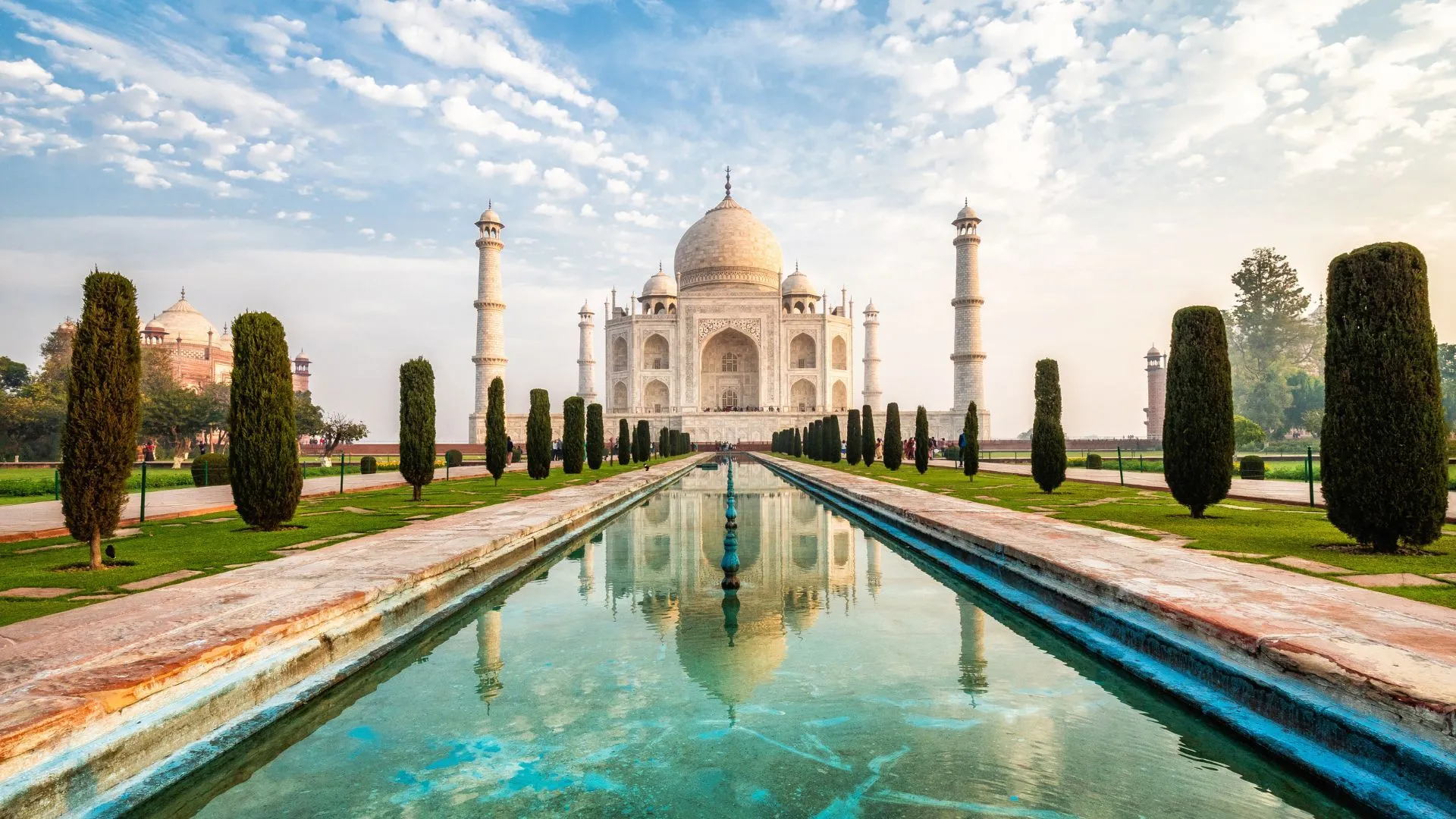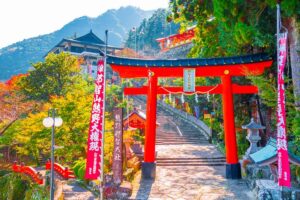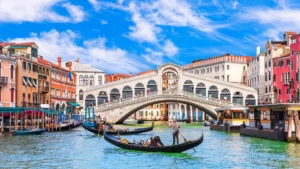
Introduction
India is a land of rich history, diverse landscapes, and vibrant cultures. Whether you’re exploring ancient forts, bustling cities, or serene beaches, understanding India’s currency system ensures a smooth journey. In this guide, we’ll cover essential travel tips, best places to exchange currency, budgeting recommendations, and how to maximize your spending power while traveling in India.
Before traveling, check out Danesh Exchange for competitive exchange rates on Indian Rupees (INR)!
Indian Currency: What You Need to Know
- India uses the Indian Rupee (INR), represented by ₹.
- Banknotes come in denominations of ₹10, ₹20, ₹50, ₹100, ₹200 and ₹500.
- Coins include ₹1, ₹2, ₹5, and ₹10.
- While credit and debit cards are widely accepted in major cities, cash is essential—especially for transport, street food, and small vendors.
Tip: Always carry small denominations, as vendors may not have change for high-value notes.
Currency Exchange in India: Where & How
Tip: Many small businesses prefer cash payments, so convert your money before arriving to avoid ATM dependency.
How Long Should You Stay & Budgeting for Your Trip to India
India is vast, so trip length depends on how much you want to explore. Here’s what to expect:
Short Trip (3–5 Days)
Budget: ₹15,000–₹30,000 total
- Best for one city or region (e.g., Delhi, Mumbai, Jaipur).
- Focus on major attractions, shopping, and local cuisine.
- Savings Tip: Use rideshare apps (Ola/Uber) instead of taxis to save money.
Standard Trip (7–10 Days)
Budget: ₹40,000–₹80,000 total
- Covers two or three regions (e.g., Delhi + Agra + Rajasthan or Mumbai + Goa).
- Includes historical sites, adventure tours, and cultural immersion.
- Savings Tip: Exchange currency early to avoid high ATM withdrawal fees in tourist areas.
Extended Trip (2–4 Weeks)
Budget: ₹100,000+ total
- Covers multiple states, including off-the-beaten-path locations.
- Best for backpacking, long-distance train journeys, and seasonal events (e.g., Holi or Diwali).
- Savings Tip: Travel via sleeper trains or budget airlines for affordable intercity transport.
Estimated Costs Per Day in India (Based on Travel Style)
| Expense Type | Budget Travellers (₹2,500–₹4,000/day) | Mid-Range Travellers (₹6,000–₹12,000/day) | Luxury Travellers (₹20,000+/day) |
|---|---|---|---|
| Accommodation | Hostels, budget guesthouses | 3-star hotels, boutique stays | 5-star hotels, luxury resorts |
| Food | Local street food, dhabas | Mid-range cafes, casual restaurants | Fine dining, premium experiences |
| Transport | Metro, buses, rickshaws | Domestic flights, taxis | Private car rentals, luxury trains |
| Attractions | Free temples, parks | Guided tours, entry tickets | Exclusive heritage stays, private experiences |
Payment Methods: Cash vs. Cards vs. Mobile Payments
India offers various payment options, but cash is still widely used.
Tip: Download a UPI payment app for seamless mobile transactions. However, always keep cash for emergencies!
Best Places to Visit in India by Season
India’s diverse climate makes each season unique for travel.
Spring (March–May) – Festivals & Wildlife Safaris
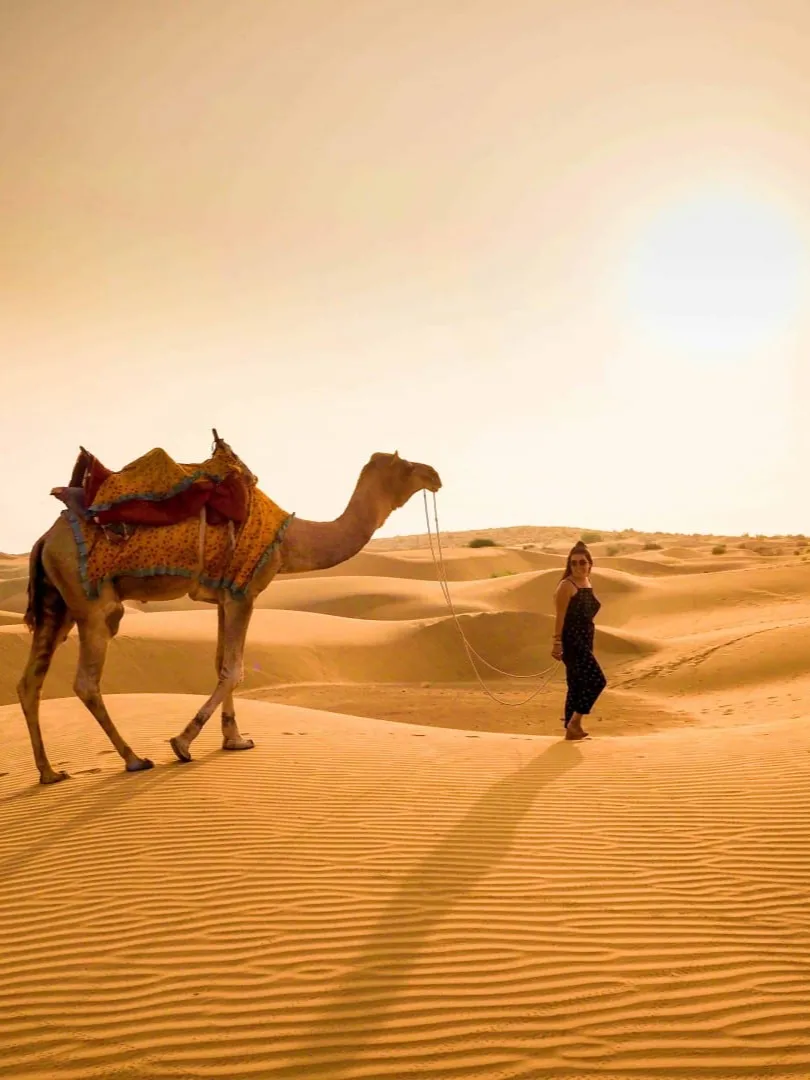
Rajasthan
Forts, palaces, and desert camel rides.
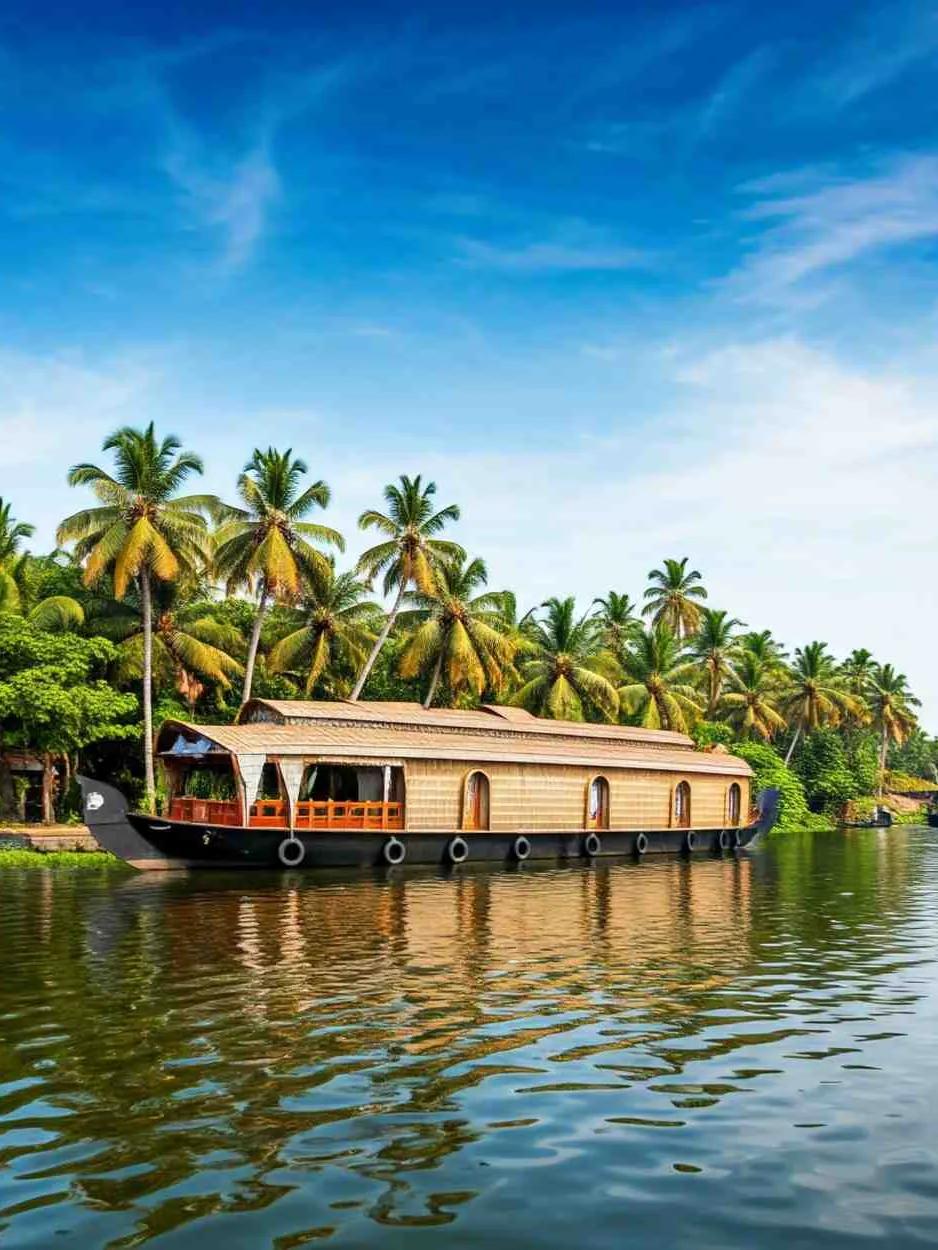
Kerala
Houseboat cruises in Alleppey & lush tea plantations.
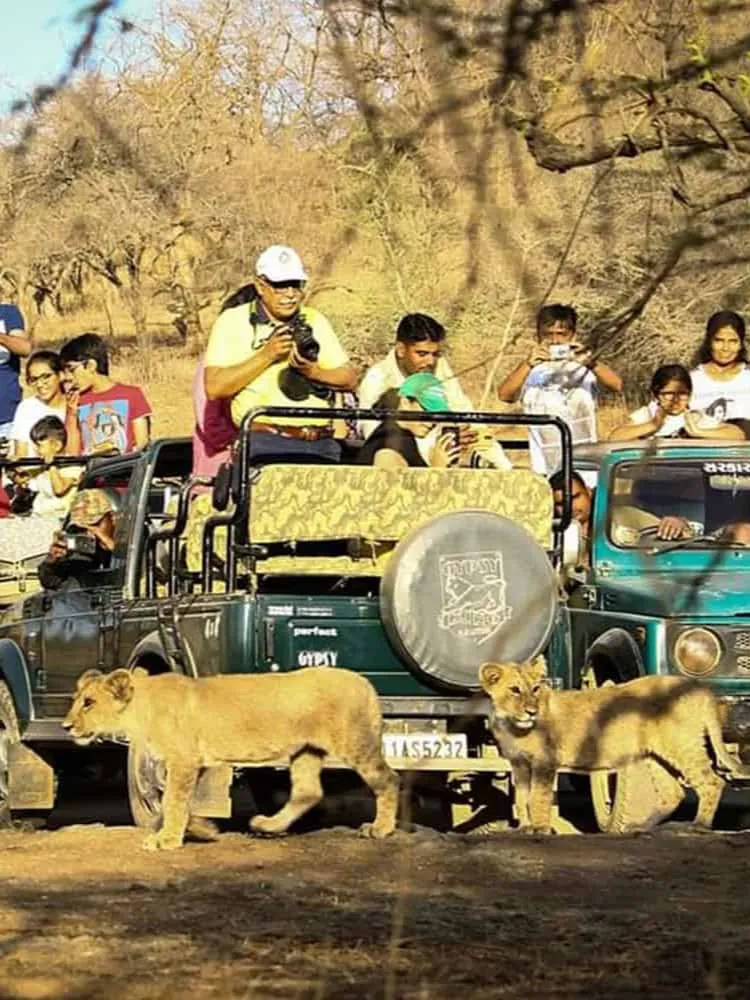
Gir National Park
Spot Asiatic lions on a wildlife safari.
Tip: Spring is festival season—plan around Holi celebrations for vibrant experiences!
Summer (June–August) – Himalayan Escapes & Coastal Retreats

Ladakh
Adventure trekking and high-altitude monasteries.

Goa
Relax on beaches and experience monsoon festivities.

Shimla & Manali
Cooler mountain escapes from the summer heat.
Tip: Summer brings intense heat to major cities, so opt for hill stations or coastal regions!
Autumn (September–November) – Cultural & Historical Tours
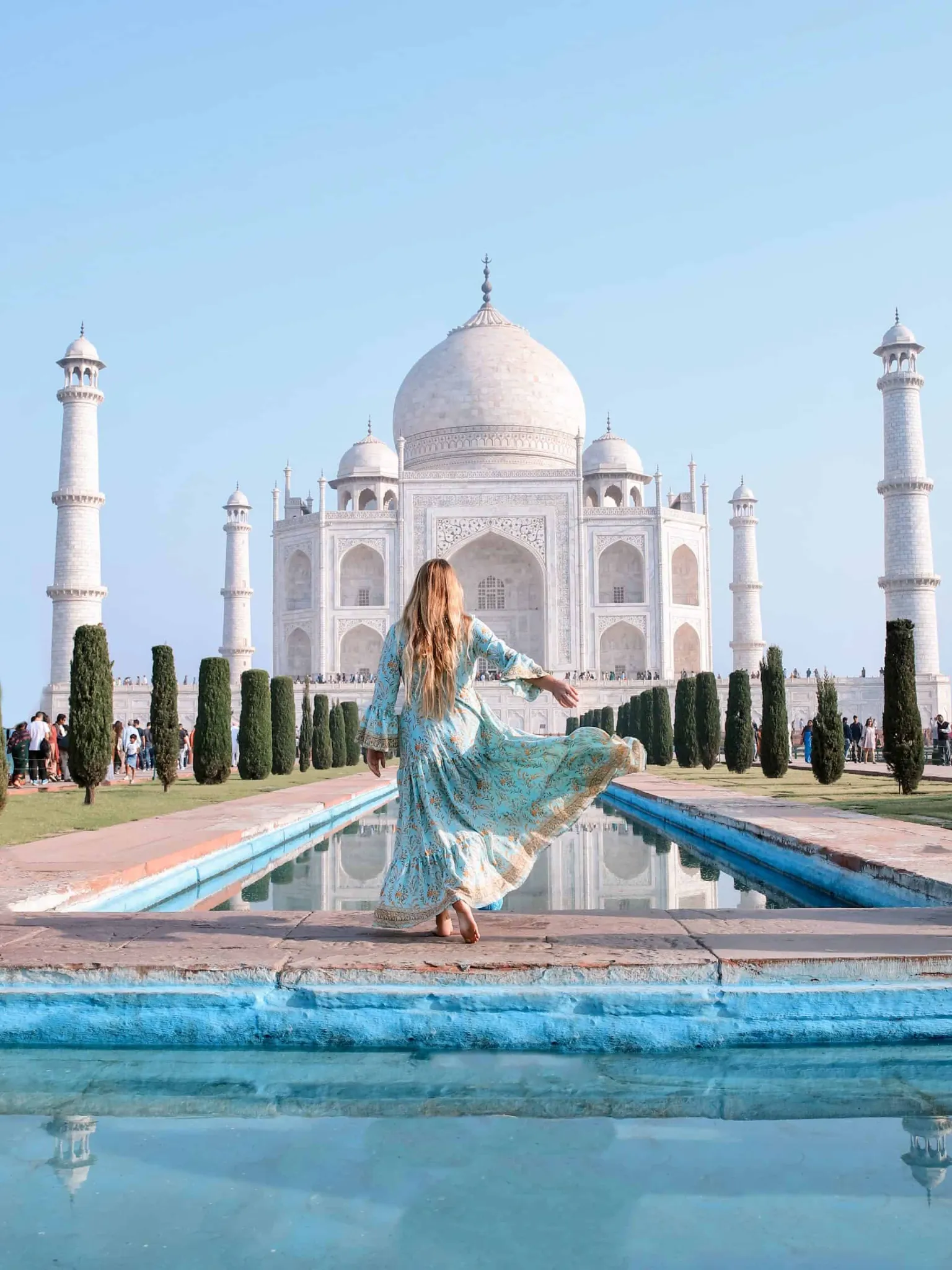
Agra
Visit the Taj Mahal with pleasant weather.

Varanasi
Experience Ganges river rituals in India’s spiritual capital.
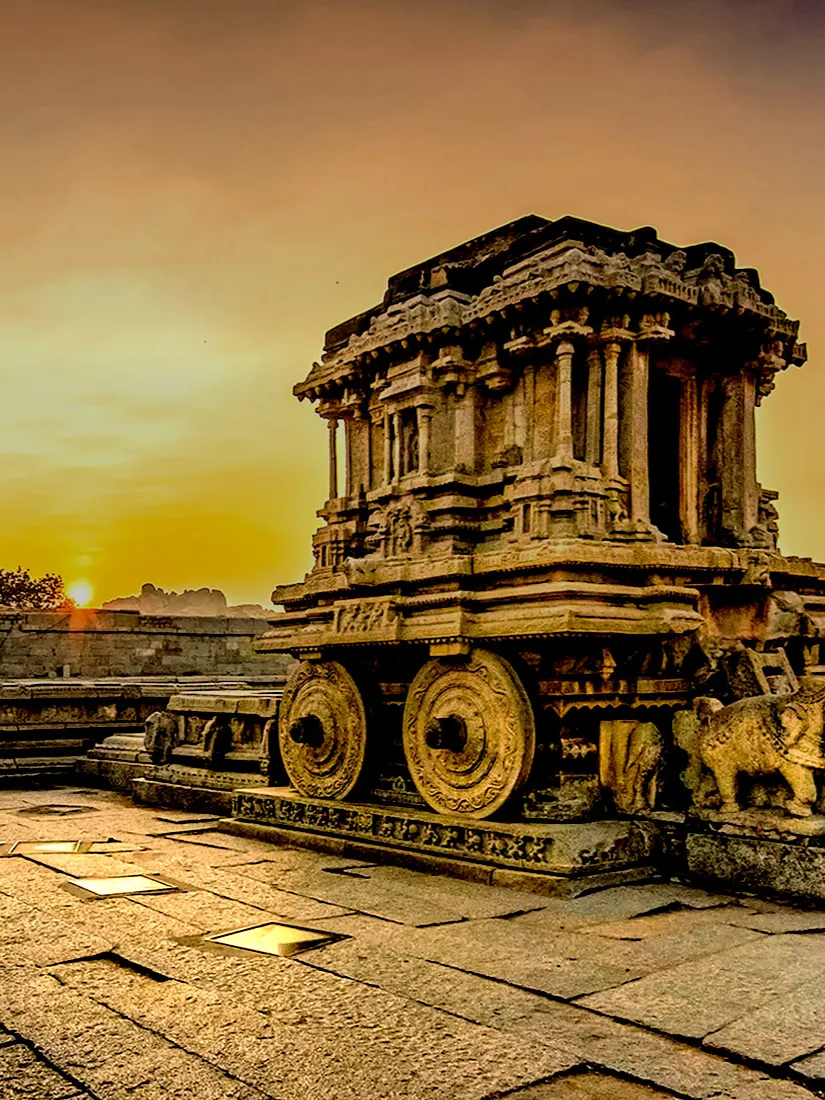
Hampi
Explore UNESCO-listed ruins from ancient civilisations.
Tip: Autumn is perfect for sightseeing—mild weather makes exploring cities easier!
Winter (December–February) – Snowy Retreats & Desert Adventures

Jaipur & Jaisalmer
Desert safaris & heritage forts.
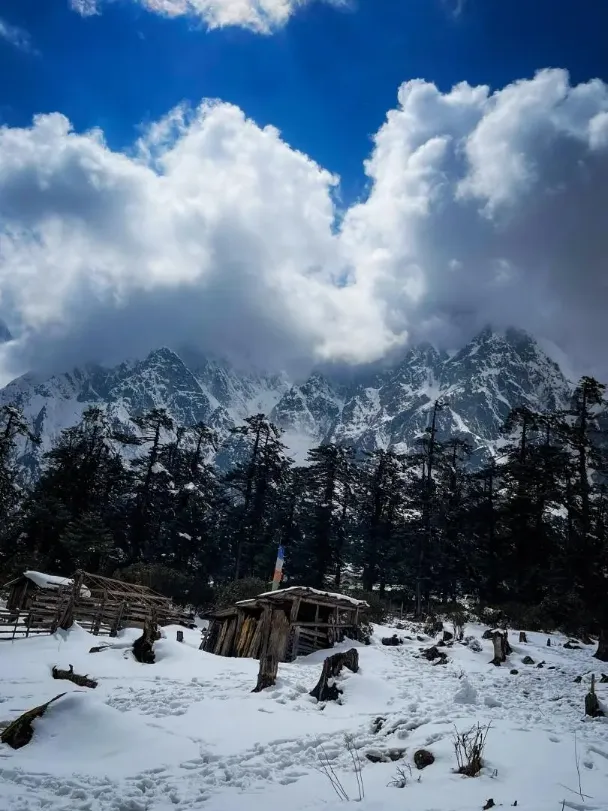
Sikkim
Snowy landscapes & peaceful monasteries.
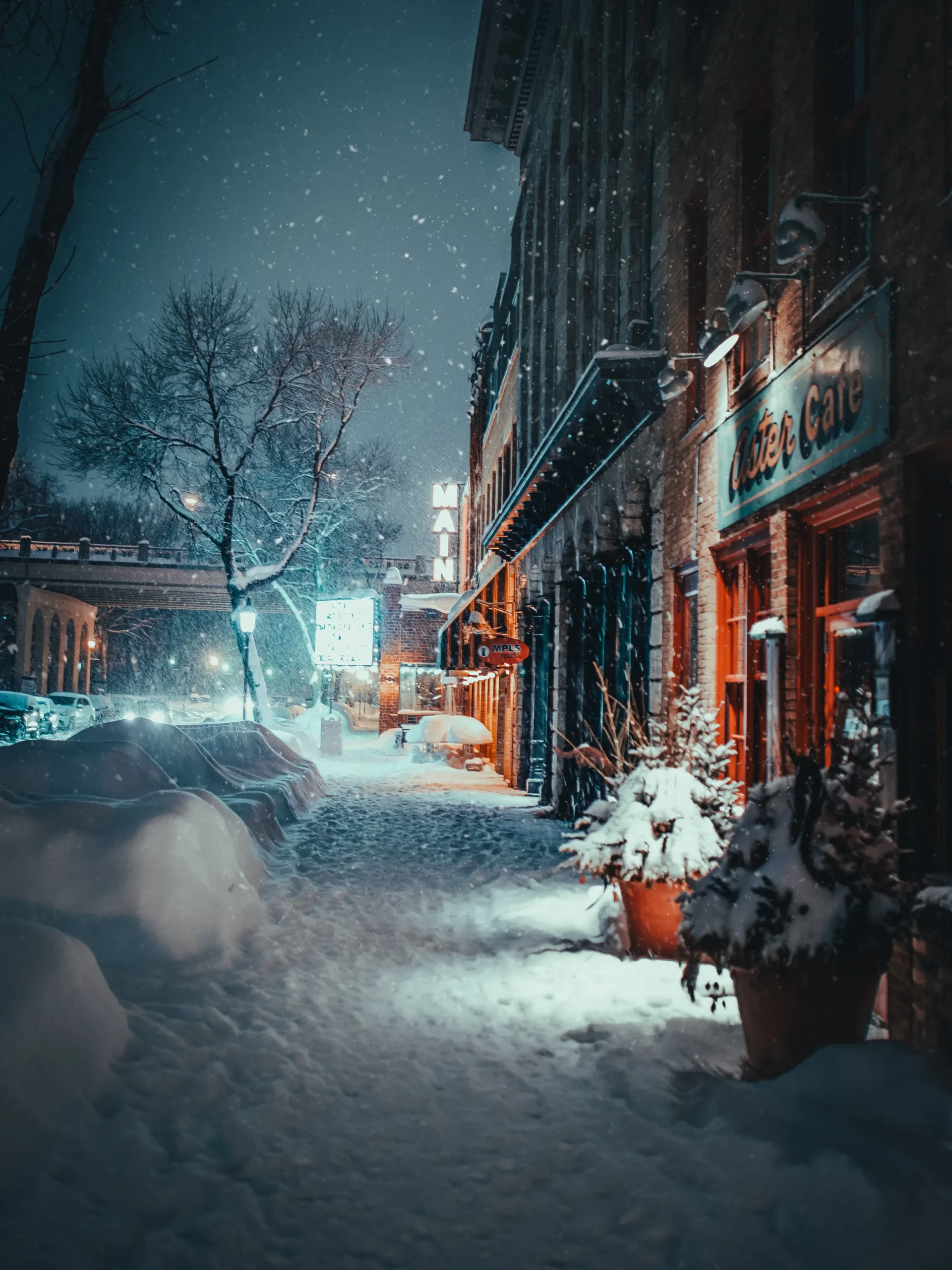
Mumbai & Delhi
Enjoy pleasant winter shopping & nightlife.
Tip: Winter is great for exploring India’s deserts—cooler temperatures make outdoor activities more enjoyable.
- Spring
-
Spring (March–May) – Festivals & Wildlife Safaris
Rajasthan
Forts, palaces, and desert camel rides.
Kerala
Houseboat cruises in Alleppey & lush tea plantations.
Gir National Park
Spot Asiatic lions on a wildlife safari.
Tip: Spring is festival season—plan around Holi celebrations for vibrant experiences!
- Summer
-
Summer (June–August) – Himalayan Escapes & Coastal Retreats
Ladakh
Adventure trekking and high-altitude monasteries.
Goa
Relax on beaches and experience monsoon festivities.
Shimla & Manali
Cooler mountain escapes from the summer heat.
Tip: Summer brings intense heat to major cities, so opt for hill stations or coastal regions!
- Autumn
-
Autumn (September–November) – Cultural & Historical Tours
Agra
Visit the Taj Mahal with pleasant weather.
Varanasi
Experience Ganges river rituals in India’s spiritual capital.
Hampi
Explore UNESCO-listed ruins from ancient civilisations.
Tip: Autumn is perfect for sightseeing—mild weather makes exploring cities easier!
- Winter
-
Winter (December–February) – Snowy Retreats & Desert Adventures
Jaipur & Jaisalmer
Desert safaris & heritage forts.
Sikkim
Snowy landscapes & peaceful monasteries.
Mumbai & Delhi
Enjoy pleasant winter shopping & nightlife.
Tip: Winter is great for exploring India’s deserts—cooler temperatures make outdoor activities more enjoyable.
Final Travel & Currency Tips

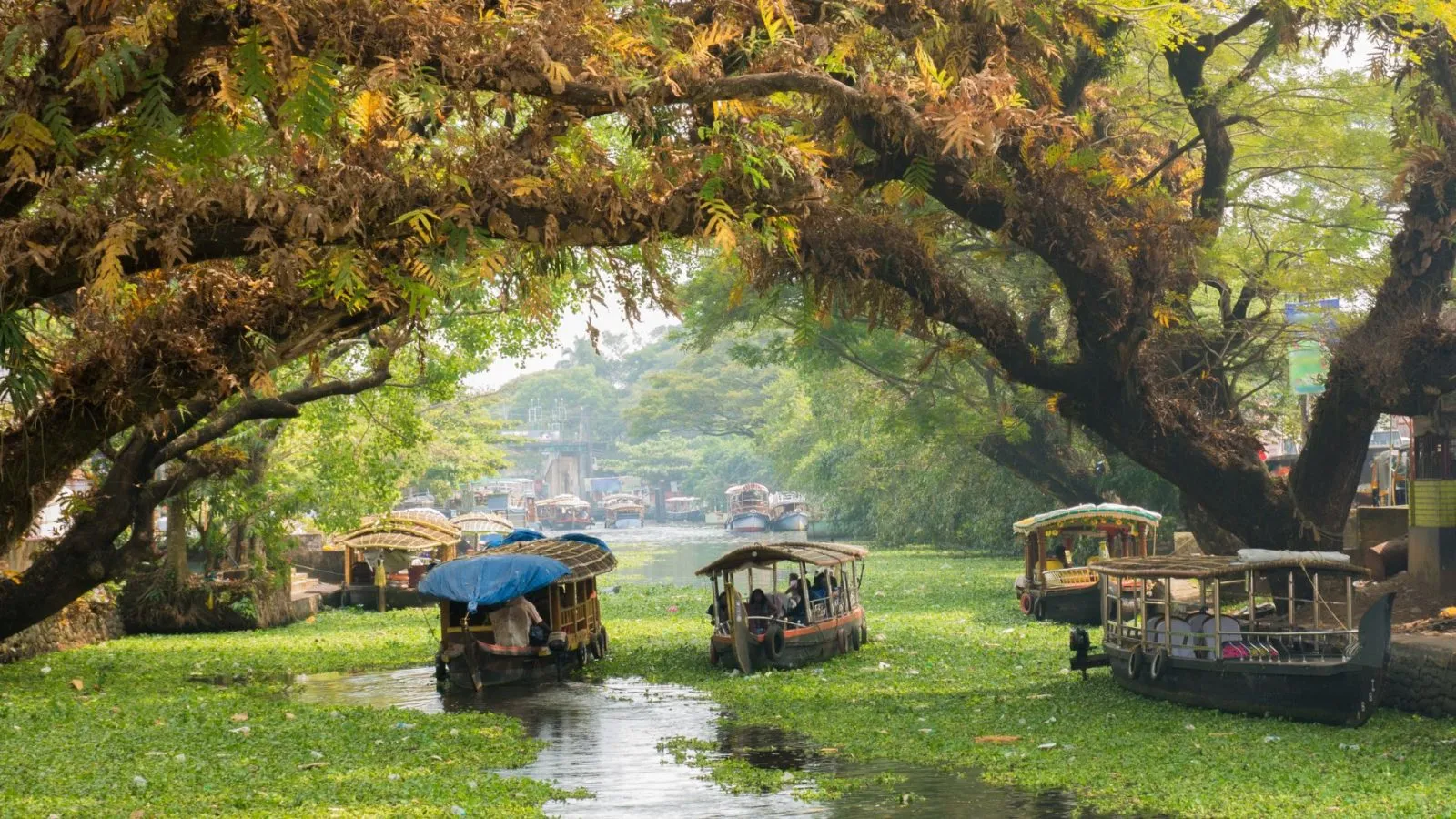
Conclusion
India offers unforgettable travel experiences, and smart currency planning ensures a stress-free journey.
For the best rates and seamless transactions, visit Danesh Exchange before flying!
